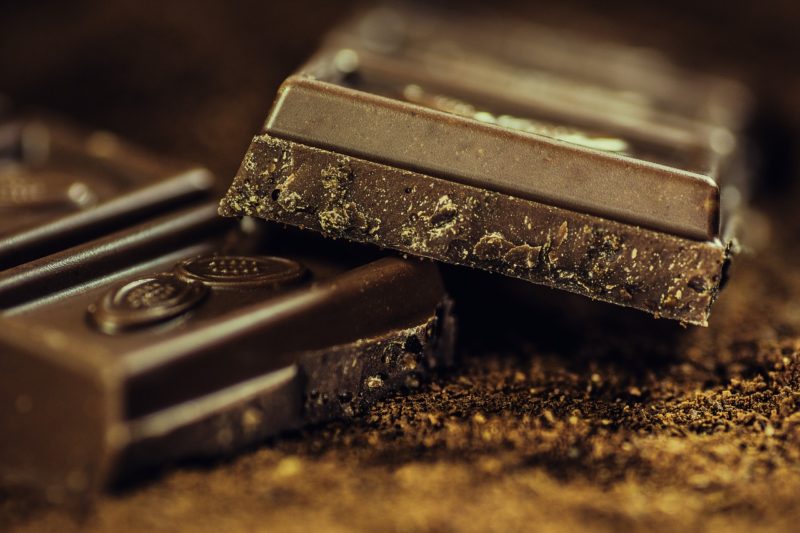Understanding the Different Type of Chocolates and Their Benefits
Whether you’re a huge chocolate fan or you’re just someone who likes to indulge themselves with chocolate every now and then, you most likely are aware about the different kinds of chocolate currently available out in the market today. What you may not be aware of is that each kind of chocolate has its own unique benefits that you should definitely learn about.
By doing so, not only will you get more out of your delicious chocolatey treat, you’ll also be able to make better and healthier choices about your chocolate consumption going forward. So whether you’re on a snacking binge on all things chocolate or you’re trying to indulge healthily by eating chocolate made with milked nuts, here are the facts you need to learn about the different types of chocolates and their benefits.

Milk chocolate
Milk chocolate, just as its name implies, is chocolate that has milk added to it, usually in the form of powdered, liquid, or condensed milk. First developed by a Swiss confectioner named Daniel Peter in 1875, milk chocolate is usually defined as chocolate that has a minimum of 20% to 25% of cocoa and 12% milk, depending on the region. This type of chocolate is creamier than other chocolates and is softer in texture. It melts much more easily due to the added dairy, and has a sweeter taste.
Benefits: Milk chocolate’s sweetness and creaminess make it a very popular treat among chocolate lovers of every age. Its low melting point also makes it great for baking or dessert-making. However, take care in using sweeter varieties of milk chocolate as it can make an already sweet confection or baked good taste even more saccharine due to its sugar content. Those with lactose intolerance may also feel their digestion act up upon consuming milk chocolate due to its milk content, but such reactions are rare.
White chocolate
White chocolate is often derided by chocolate fanatics as non-chocolate. White chocolate fans may be disappointed to know that this is fact, simply because white chocolate does not usually contain any cocoa solids. With that said, it does contain quite a bit of cocoa butter along with sugar and milk, giving it an extremely sweet and creamy taste.
Benefits: White chocolate can be great for snacking on as well as being added to desserts and confectionaries. However, small amounts are recommended due to its extremely sweet taste. You can also use it as a way to balance out the bitterness of dark chocolate, especially if you’ve put too much dark chocolate in a particular treat, dessert, or recipe. Finally, its white color can be used for improving the look of your dessert or baked good cosmetically.
Dark chocolate
Dark chocolate is what’s usually known as “plain chocolate”. It’s produced using a higher percentage of cocoa, with all the fat content usually coming from cocoa butter instead of milk. The percentage of cocoa or cocoa solids in dark chocolate can range anywhere from 45% to 100%, and is usually printed on the packaging. This gives it a complex and fruity flavor profile that some may find too bitter to tolerate, although it can be an acquired taste for some.
Benefits: Dark chocolate can be consumed as is or used for desserts and baking, all of which can turn out with great results so long as the chocolate’s bitterness and flavor profile are kept in mind. Also, as there is a lot of cocoa in dark chocolate, its consumers can look forward to enjoying the following health benefits:
- Nutrients. Dark chocolate is rich in essential nutrients such as iron, magnesium, copper, manganese, potassium, and zinc.
- Antioxidants. Dark chocolate is loaded with antioxidants such as polyphenols, flavonols, and catechins. These help mitigate the damage of aging on the body as well as reduce inflammation.
- Lowered blood pressure and improved blood flow. Dark chocolate’s flavonol content can stimulate the lining of the arteries to produce nitric oxide, which helps the arteries relax and reduce blood pressure. It is also known to help with heart health.
- Weight loss. The flavonols in dark chocolate can help reduce your insulin resistance, making you feel fuller and less hungry.
Do note that other varieties of chocolate may sport the same kind of health benefits as dark chocolate, since both do have cocoa. However, it’s only with dark chocolate that you can really experience these effects due to its increased cocoa content. Other chocolate types may not have enough cocoa in them to truly bestow its health benefits to you.
Conclusion
Indulging your chocolate habit doesn’t need to be an unhealthy one. By picking the right kind of chocolate to snack on and ensuring that you only consume a moderate amount every day, you’ll be able to enjoy its taste and health benefits without suffering from the unsavory consequences of chocolate overconsumption.















